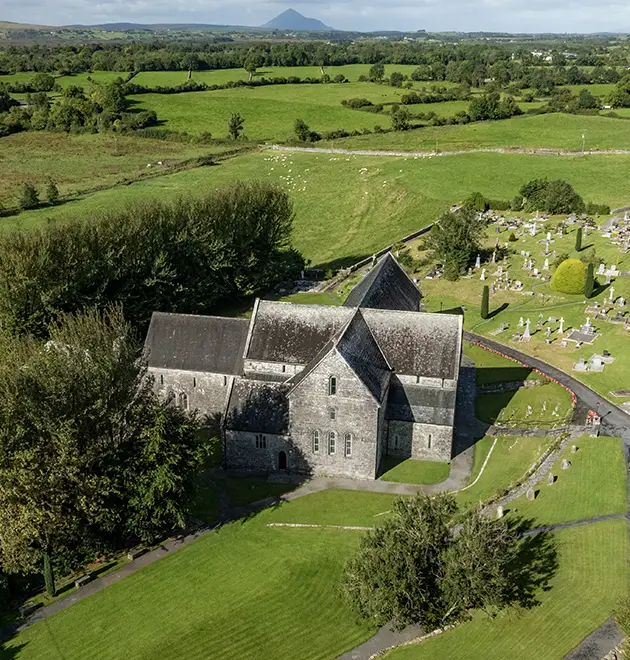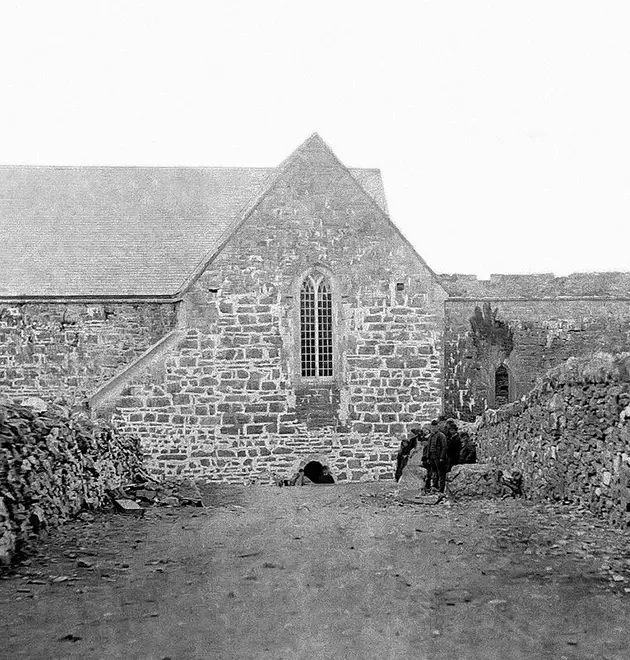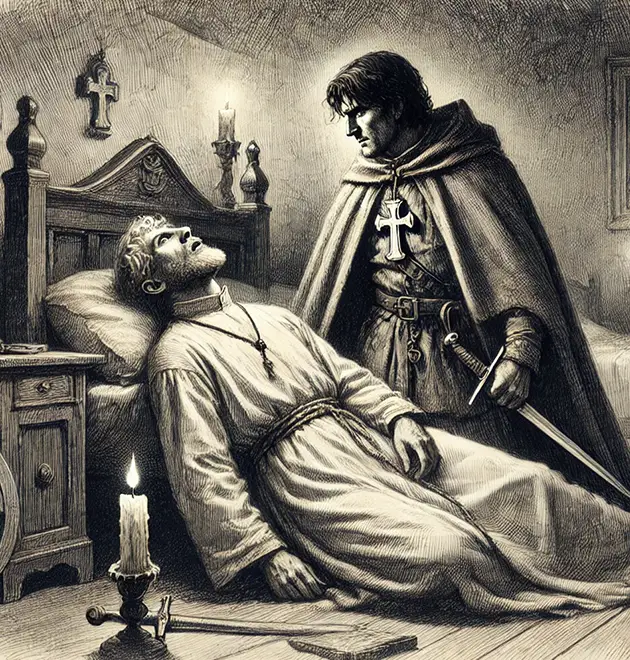Burning Suppression
Early Trials
Fire at Ballintubber Abbey
There are several references in the annals of Irish History to the abbey of Tobar Patraic. The annals of the Four Masters recount the burning of part of the Abbey in 1265. It appears that this burning was limited to the nave. This section of the church was reconstructed in 1270, and even today, variances in the architectural style of the building are observable.
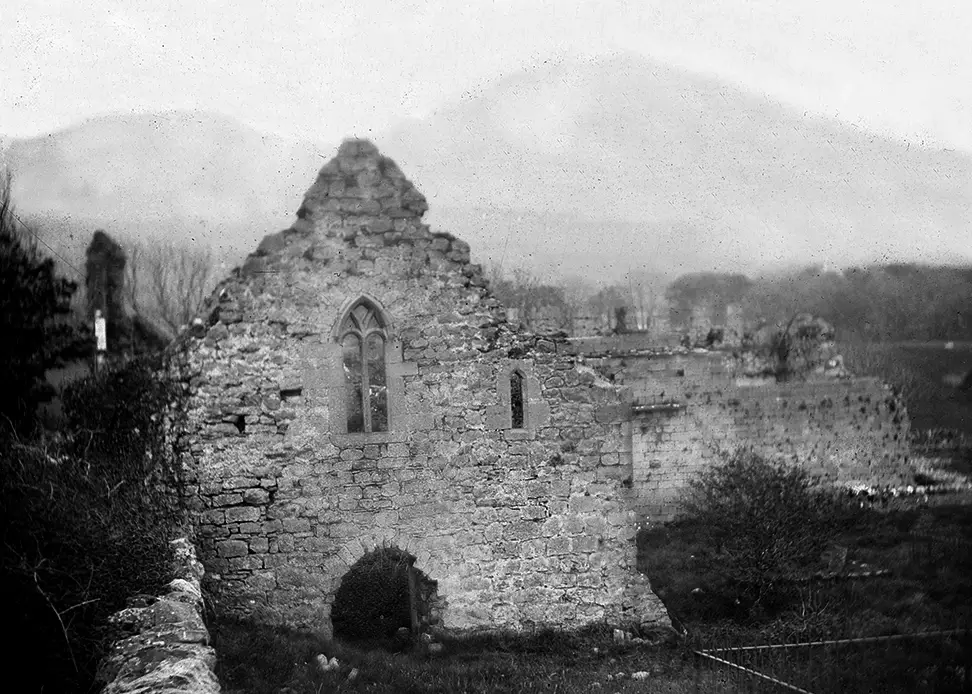
End of An Era
In 1536, legislation was passed in Dublin dissolving Monasteries. However, outside the Pale, such legislation was very difficult to enforce. The same applied to Elizabeth’s time. Nonetheless, James I, in 1603, confiscated all the lands belonging to the Abbey, effectively ending the presence of the Canon Regulars in the Abbey. From 1603 to 1653, the Augustinian Friars (a mendicant Order) may have been in charge of the Abbey. Their presence ceased with the burning of the Abbey in 1653.

The Abbey Endures
The burning of the Abbey in 1653 by Cromwellian soldiers marked the second attempt to destroy Ballintubber Abbey. The Cromwellian assault was only partially successful. The monastic buildings, the dormitories, the cloisters, and domestic quarters seem to have been completely destroyed. However, the Abbey church again escaped total destruction. Although the timber roof was consumed by fire, the internal stone-vaulted roofs of the chancel, the four side chapels, and the old sacristy remained intact.
Even Cromwellian despoliation did not bring an end to divine worship in the Abbey. Mass continued to be said there, as it had been for almost 800 years.

Experience Ballintubber Abbey
Journey through time and faith at Ballintubber Abbey. Explore its captivating history and architecture on a guided tour, or embrace serenity on a pilgrimage walk, connecting with centuries of tradition.
Find Out More
History of Ballintubber
Whispers through the centuries… Ballintubber Abbey has witnessed history unfold. From royal connections to pirate legends, uncover the hidden stories etched within its ancient stones.

Tibóid Ne Long Bourke
Find out about how the son of Grace O’Malley came to his final resting place in Ballintubber
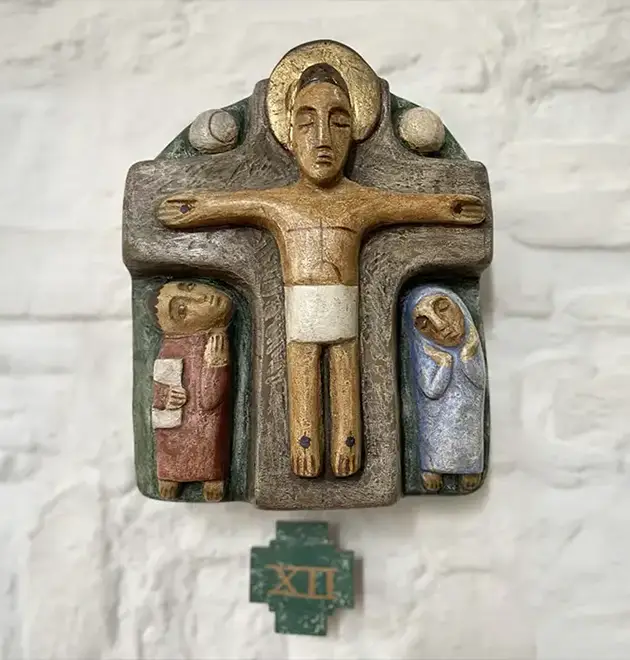
Stations of the Cross
Created in 1972 for Ballintubber Abbey, by renowned sculptor Imogen Stuart.
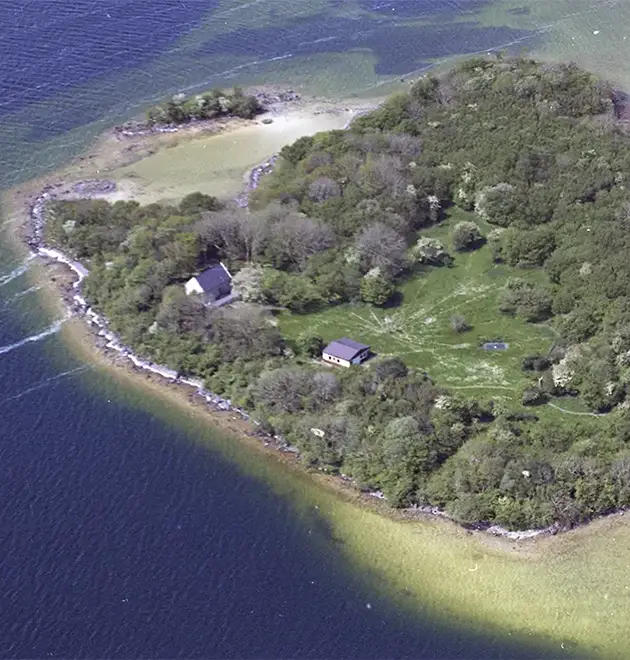
Church Island
Church Island or Oilean na Scríne- Shrine Island lies at the North West of Lough Carra.
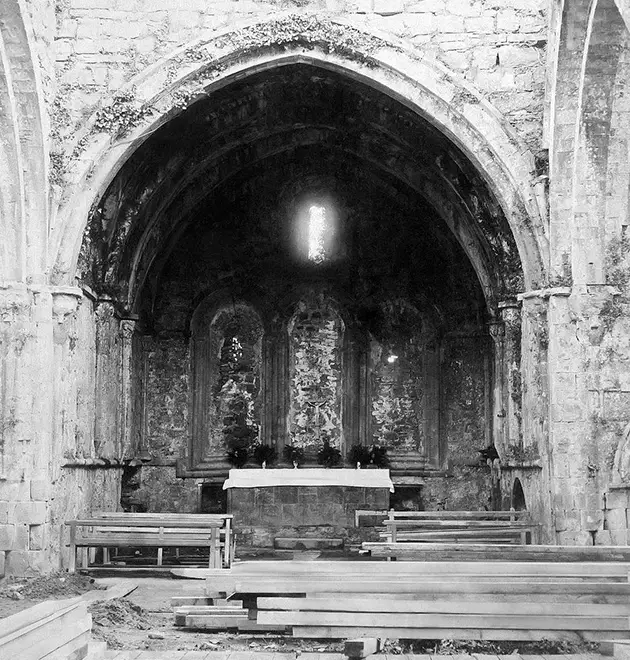
Burning Suppression
How fire and suppression could not defeat the “Abbey that wouldn’t die”.

